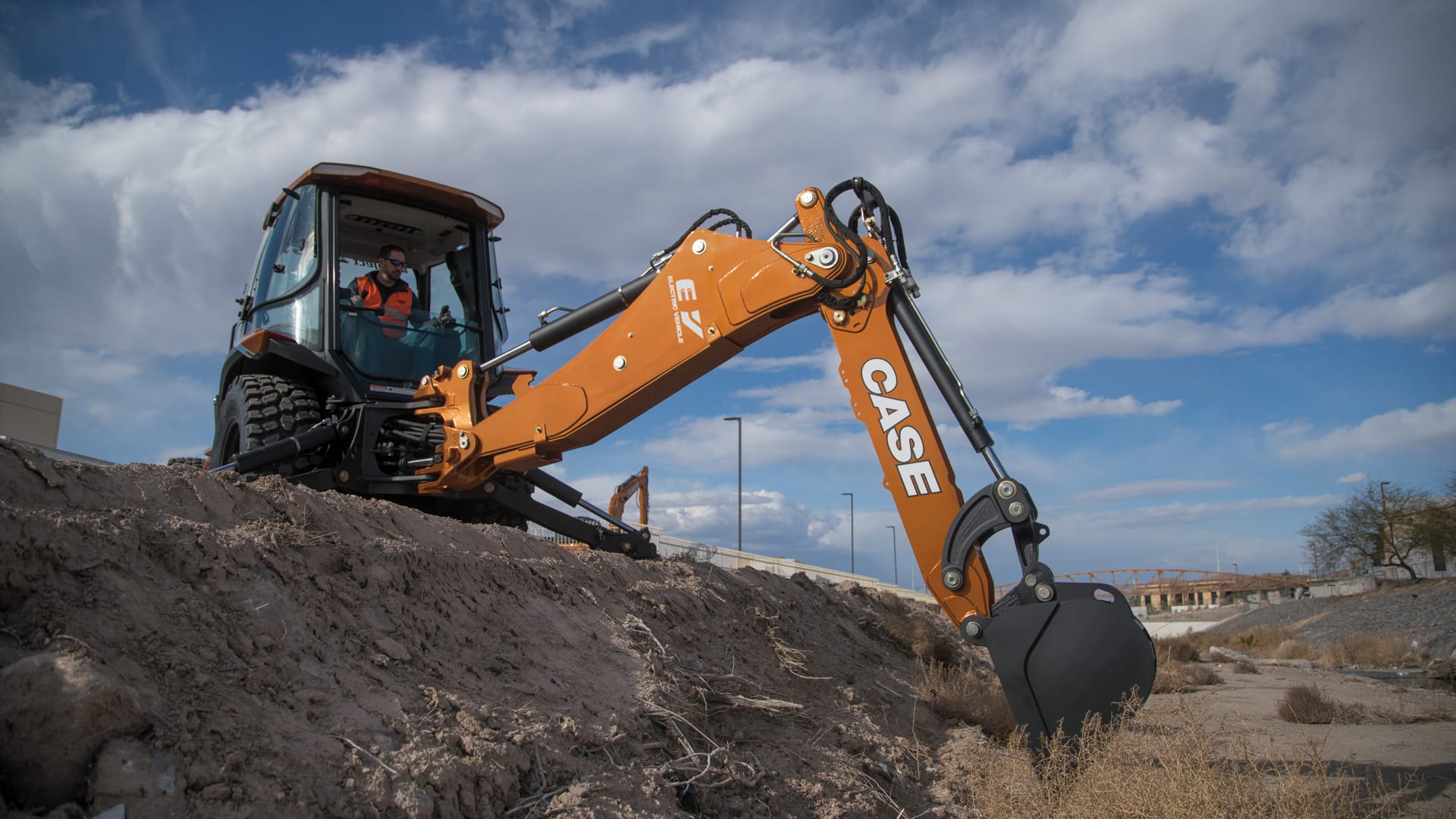Electric Backhoe Loader is a reality, yet far fetched dream in India. Here's why.

CASE construction equipment recently unveiled project zeus under which it launched a cool new all electric backhoe loader. The model 580 EV is industry's first fully electric backhoe loader. It is not merely a prototype but also is in production and sales. Powered by 480 V, 90 kWh lithium ion battery it can run for ~8 hours. The machine promises nearly 80% savings in operating compared to similar diesel powered models. This of course includes fuel and lubricants.1
India being world's largest backhoe loader(BHL) market, accounting for more than 50% of global sales2, one could expect the launch in India. But it is not the case and neither can we expect it to happen anytime soon. There are constrains in supply as well as demand.
Barriers in demand
The machine is popular in India because of
- versatility,
- low cost of ownership (and operating),
- mobility,
- high resale value of some brands (Which translates into easy finance)
- Wide service network (Not necessarily OEM authorised)
| Advantage3 | Diesel Powered BHL | Electric BHL |
|---|---|---|
| Versatile | Yes | Yes |
| Ownership Cost | Low | High |
| Mobile | Yes | Yes |
| Resale Values | High (Specific Models) | Non-existing |
| Service Network | Well Established | Non-existing |
However, as the table shows Electric BHL loses the advantage traditional BHL provides, vis-a-vis comparable machines. Ownership cost is high because of the price. It is indeed an entry barrier for Indian customers. Resale value takes time to establish. Since, resale value is non-existing, financing also could become an issue. And limited OEM service network is not sufficient to treat it as an advantage. Either the non-OEM support system needs to develop (but it takes time and develop only after machine becomes popular.) or the OEM support system has to develop to eliminate need of other support system.
Finally, perhaps, the biggest barrier is unavailability of charging infrastructure. Although there could be a provision to charge machine at 230 V, unreliable supply of electricity in rural India reduces the possibility.

Barriers in Supply
Building a supply chain for electric BHL is a humongous task. And if we talk about indigenous models, so is designing. Lower number of infrastructure projects allotted during last year combined with recent blow due to coronavirus pandemic has taken toll on the industry.
Recently, president of Indian Construction Equipment Manufacturers' Association, Mr. Sandeep Singh informed economic times that they would request Govt. of India for extension of emission norm deadline.[5^] It is clear that the focus of the industry is on immediate survival, at least at this moment. Expecting investment in research and building supply chain for new technology during this time is futile.
Establishing a new technology like this requires push from several stakeholders including OEMs and Policymakers. Tesla not only built a superb product and service network but also infrastructure to support charging[6^], Norway pushed EV sales through financial incentives[7^] and European Union is pushing EV adoption through regulations4. India or the Indian OEMs are not in position at this moment to focus on new technology in construction equipments. There is a list of other priorities that requires immediate focus.